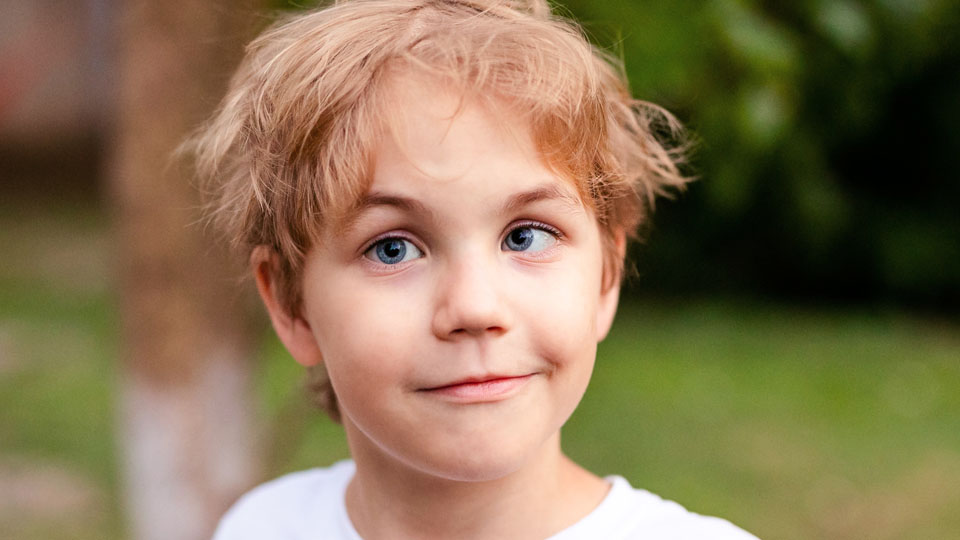What do flashes of light in the eyes mean and how to act
04/11/2025

25/01/2023
Strabismus is the loss of parallelism of the eyes, in that the eyes are not pointing in the same direction when looking at the object of interest. It can be congenital or early-onset, appearing among new-borns, or later, at 3 or 4 years of age. In some cases, it can begin in adulthood.
On occasions, the lack of alignment is evident for the patient and their environment, and therefore, it is a reason to see a specialist ophthalmologist. However, there are other forms of strabismus that aren't quite so simple to detect at first glance.
Other forms of strabismus
In intermittent strabismus, there isn't always a lack of parallelism. They begin when the child is tired, angry, feverish or neglected and may cause symptoms such as a twitch, rubbing the eyes, difficulty learning and/or poor school performance.
In the case of phorias or latent strabismus, we do not see an evident loss of alignment, but the patient may report symptoms of asthenopia, that is, headache and eye discomfort after making a visual effort, difficulty with reading, writing and learning in the case of children, and even diplopia (double vision) and the need to close one eye in some situations in the case of more decompensated phorias.
Lastly, we must remember that torticollis, that is, the tendency to tilt or bend the head downward, and Nystagmus (involuntary rhythmical movement of the eyes) are also signs that may lead us to suspect the presence of strabismus.
Dr. Idoia Rodríguez Maiztegui, ophthalmologist at the Barraquer Ophthalmology Centre